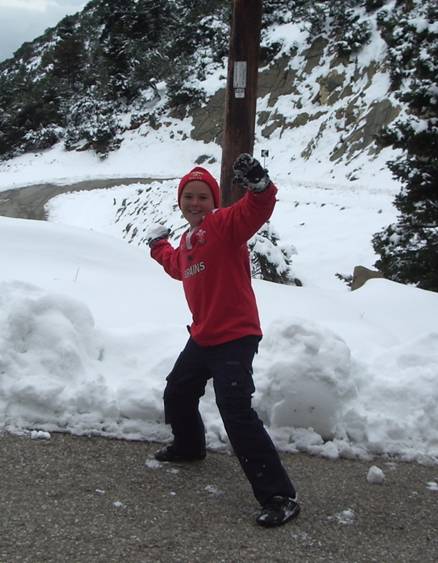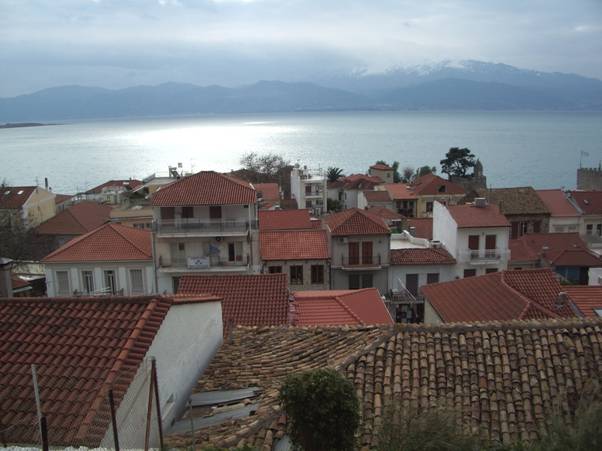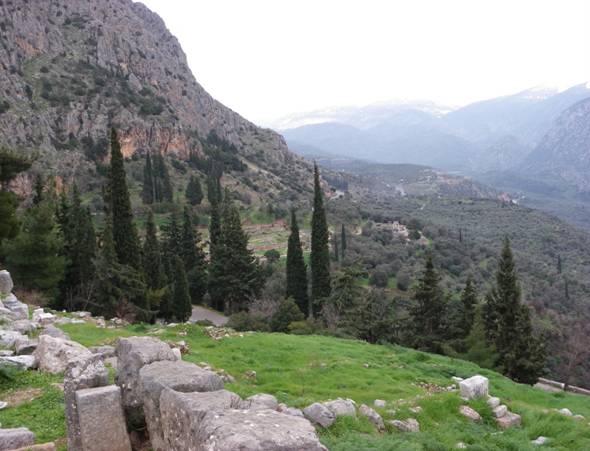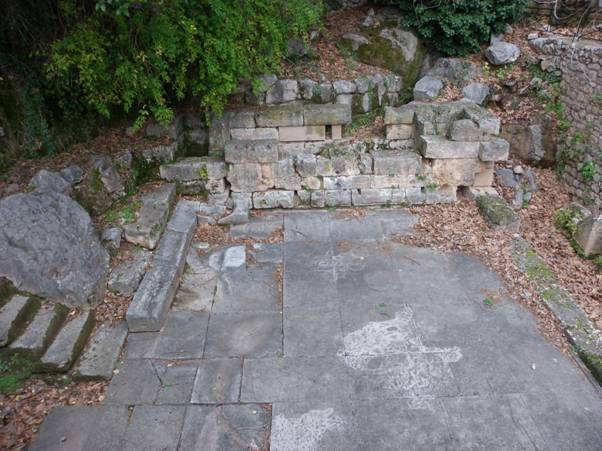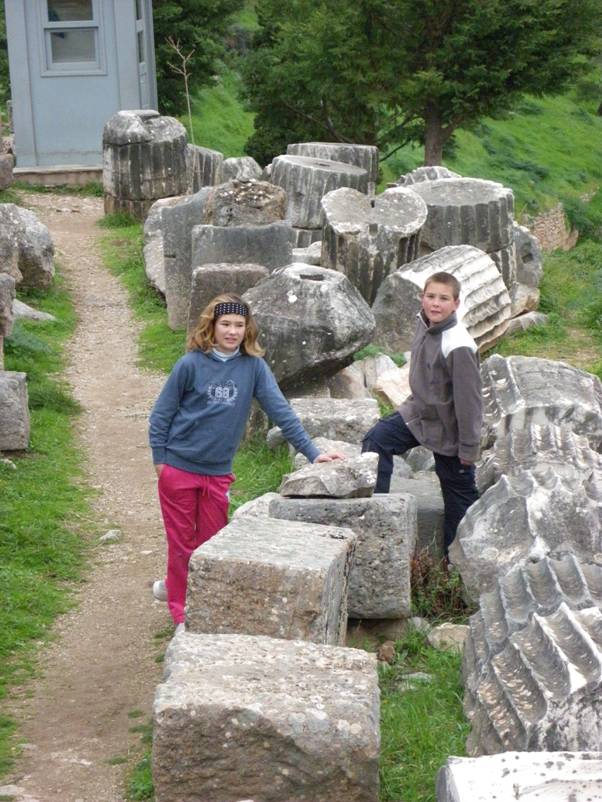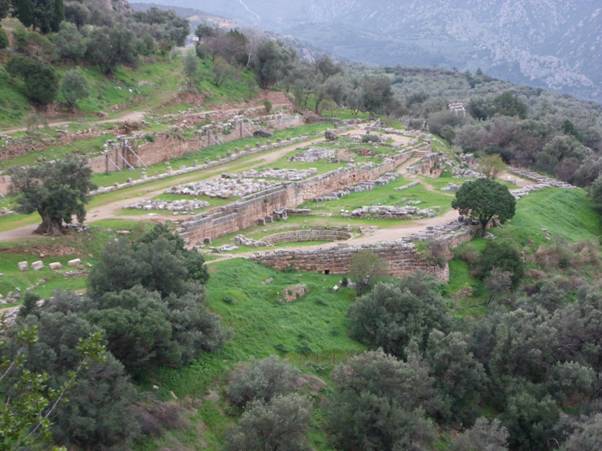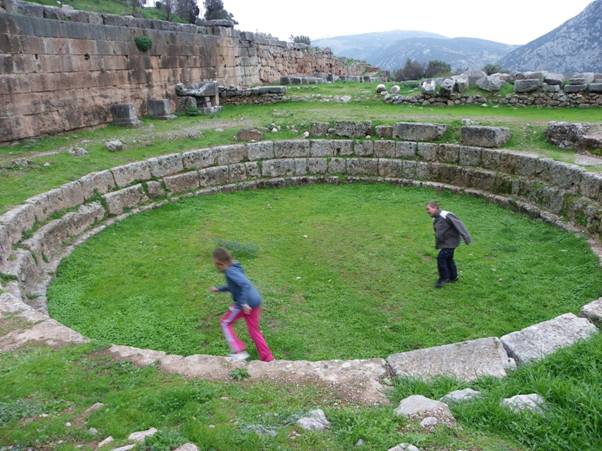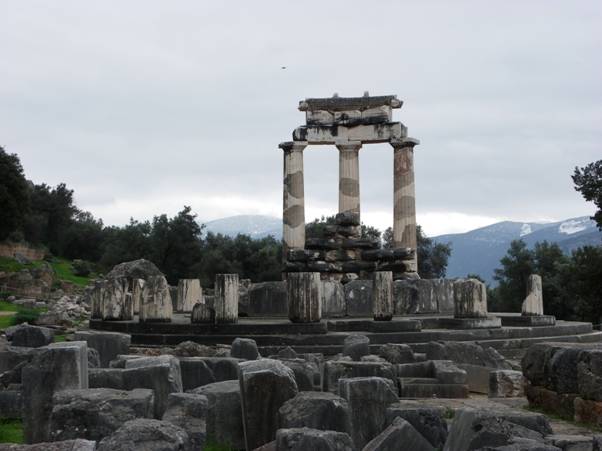Greek snow and a temple or two

|
Music continues to pervade our lives and we still get together at least
twice a week for 3 or 4 hours at a time with the other music junkies to practice
an eclectic selection of songs including rock, Country & Western, folk, pop,
swing, and even a spot of opera... We are currently recording some of the best
stuff for a CD (which we will inflict on any hapless visitors in due course).
Our first number went up on YouTube a few days ago (timed to coincide with the
25th anniversary of the Miners' Strike) Blackleg Miner. Unfortunately false malicious rumours about fighting, vomiting and late
night drinking parties circulated by a certain section of the marina community
has meant that the honesty bar has had to close. There has also been stealing
from the honesty bar and other communal bits and pieces have walked. Luckily we
can still take our own beer and use the clubhouse for music and so on, but it
has been a bit of a shock to find ourselves among people like this. We’d love to
know who has been fighting and vomiting in the clubhouse, and we are also a bit
miffed that we weren’t invited to the late night drinking parties...
The weather report Now for my weathergirl bit. Given the cr*p winter you’ve all had to put
up with in the UK and Ireland, you’ll be delighted to know that the weather here
is NOT everlasting sunshine. It was fine until Christmas, but has been really
quite cold, wet and windy since (with the odd T-shirt-and-shorts day). We have
had snow on the hills around us since November and we drove up into the
mountains behind Messolonghi and up above the snowline to find enough snow to
chuck at each other. B&B played snowballs for a while, but then decided it
was far too cold! It started to warm up a bit last week (daytime temperatures
averaging 22°C), but having lulled me into a false sense of security to the
point of putting the heater away, we are now back to daytime temperatures of
7–8°C with rain and strong winds.
Greek snow.
Annoying child with a Greek snowball. Burns Night Burns
Night was an excuse to drink whiskey, eat haggis, sing Scottish songs (as well
as the odd Welsh one – David blames the whiskey The
Scottish Trip), do The Dashing
White Sergeant and Strip the
Willow.
Burns Night – an excuse for drinking whiskey, eating haggis and a bloke
wearing a skirt.
B&B Stripping the Willow. Flying visit to the UK I flew back to the UK for a week to see my Mum who had an operation on
her neck. We weren't quite sure how mobile she'd be, but Mum was actually fine
and although she had a collar and crutches she was out and about quite happily.
It was lovely to catch up properly not just by SKYPE and e-mail. Clive (my
brother-in-law) broke his arm while I was there, so I was also able to help out
collecting Robyn and Patrick from school and making tea and so on. The UK was
cold and frosty while I was there, but I escaped major snowfalls.
Life in the fast lane... We hired a car (got a good off-season deal for a few weeks) and 'did'
some ancient (and not-so-ancient) sights, including Delphi, Athens and the
Acropolis, the Temple to Poseidon at Sounion, Ancient Olympia and Kalavryta. We
also took the opportunity to chase around after engine bits, drool over
expensive guitars at the music shop in Patras, and do innumerable runs to Lidl
to stock up on tins and bottles. We thought that the Italians drove fast and took chances, but that was
before we ventured onto the Greek highways. There was me thinking that the hard
shoulder was for breakdowns, picnics and a place from which to take photos of
the view, when in fact, convention in Greece is to straddle the white line
marking the hard shoulder, turning an ordinary single lane road into a dual
carriageway and giving the Greek drivers room to overtake on blind bends. Once
we’d mastered driving Greek style, we moved on to the linguistic challenge of
reading road signs in Greek.
The toll bridge across the Gulf of Patras that links mainland Greece with
the Peloponnese. Nafpaktos We
drove along the north coast road of the Gulf of Patras to Itea, past Galaxidi
and the island of Trizonia and into Nafpaktos. Nafpaktos is a walled town with a
tiny fortified Venetian harbour (we would struggle to get in with CAPE), and a
Venetian castle that climbs the mountain behind the town. Nafpaktos (Venetian
name Lepanto) was the site of the (apparently) famous battle of
Lepanto, which took place on 7 October 1571. According to Wikipedia, a variety
of Christian forces (including some from Spain, Naples, Sicily, Sardinia,
Venice, Genoa, and the Papacy) joined together to fight the Ottoman navy,
putting an end to Turkish naval supremacy, protecting Rome and preventing the
Ottomans from advancing further into Europe. It was also, apparently, the last
major naval battle fought between rowing vessels. The Spanish writer,
Miguel
de Cervantes, author of Don Quixote,
fought in this battle and there is a statue of him in the harbour.
The fortified harbour walls at Nafpaktos; the skinny bloke in the
foreground is Miguel de Cervantes.
Across the rooftops of Nafpaktos and the Gulf of
Patras. Delphi We had a wonderful day in Delphi. While it was overcast and cold (water
standing in holes in the 'architectural salvage' was ice), but we almost had the
place to ourselves and were thoroughly impressed with the setting, the museum
and the site.
The setting for Delphi – high in the mountains – is
stunning. Now
listen carefully – there will be a test at the end. The story goes that Zeus is
supposed to have released two eagles from opposite ends of the earth and they
met in the sky above Delphi, impaling each other with their beaks. The point
where they fell to earth is considered to be the centre of the world, and is
marked by the sacred Omphalos or ‘navel’ stone’. Delphi is set on the slopes of
Mount Parnassus, high in the mountains about 100 miles NW of Athens. It was the
holiest site in the world for the ancient Greeks – a site of pilgrimage, the
home of the Oracle, and the Pythian Games. The original god to be worshipped at Delphi is thought to be
the goddess Gaia (Mother Earth). Gaia’s son, Python (a serpent or dragon), was
the guardian of Delphi's sacred Castalian Spring. When Apollo turned up, he
killed Python, claiming the Castalian spring for himself. He then founded the
Oracle of Delphi to provide advice to anyone who needed it. Questions
were submitted on a tablet, and the priestess (the Pythia) inhaled vapours in
the chamber of the Oracle and then went into a trance to give the oracles on
behalf of Apollo, the god of prophecy. In
the 1980s, a geological survey discovered an active fault line that ran along the
south slope of Mount Parnassus and under the site of the Oracle. Analysis
of water from the spring in the sanctuary revealed the presence of methane,
ethane and ethylene – ethylene has a sweet smell, and inhalation of low
concentrations can induce a trance, in which a person can remain conscious, sit
up, respond to questions, and experience out-of-body feelings and
euphoria. The Pythian Games held at
Delphi were one of four competitions (the others were the Olympian, Nemean, and
Isthmian games) held in ancient Greece, attracting competitors from all over the
Greek world. Founded in the 6th century BC and held in honour of Apollo, they
originally consisted only of competitions in music and poetry – athletic events
were added later (the stadium for the chariot race and the wrestling ring can
still be seen). The winners of the Pythian Games received a laurel wreath. From
the 6th century BC until the arrival of the Romans in 191 BC, numerous treasuries were built to house the
offerings of pilgrims, competitors, ambassadors and dignitaries who flocked to
the sacred site. A theatre accommodating an audience of 5000 was added in the in
the 4th century BC. The
Oracle of Delphi was abolished in 393
AD by the Emperor Theodosius, who made Christianity the official religion
of the Byzantine Empire. No longer used, the temples fell into disrepair and
much of the materials were reused in new buildings. Delphi was designated a
UNESCO World Heritage site in 1987. The ruins in Delphi range from Mycenean
times (15th century BC) to early Christian times. Today, there are
three main sites: ·
the
Sanctuary of Apollo ·
the
Sanctuary of Athena ·
the
Castalian Spring.
One of the treasuries in the Sanctuary of Apollo.
The centre
of the world – marked by the Omphalos or ‘navel’ stone.
The site
marking the Castalian Spring. In ancient times it was believed that
the Castilian Spring had cleansing waters, and could cleanse the soul. Those
visiting the Temples of Apollo and Athena, the participants in the Pythian
Games, and people consulting the Oracle washed their hair before entering the
sacred sites – murderers had to wash their bodies too. The spring itself is
located between two rocks called the Phaedriades, and this is supposed to be the
place where Apollo killed Python.
B&B
lounging on some architectural salvage at
Delphi. What did the Greeks ever do for us? Along with a variety of other
inventions (e.g. trial by jury, theatre, the Olympic games, democracy) is it
possible that the Greeks also invented LEGO? Perhaps a certain Ole Kirk
Christiansen visited Delphi at some point...
Spot the LEGO.
The Sanctuary of Athena.
The wrestling ring.
The
Tholos – a circular marble peristyle of 20 Doric
columns.
A Greek Sphinx. More on Athens, The temple to Poseidon at Sounion, Ancient Olympia and
Kalavryta to follow
(soonish)... __________ Information from ESET NOD32 Antivirus, version of virus signature database 4922 (20100307) __________ The message was checked by ESET NOD32 Antivirus. http://www.eset.com |

